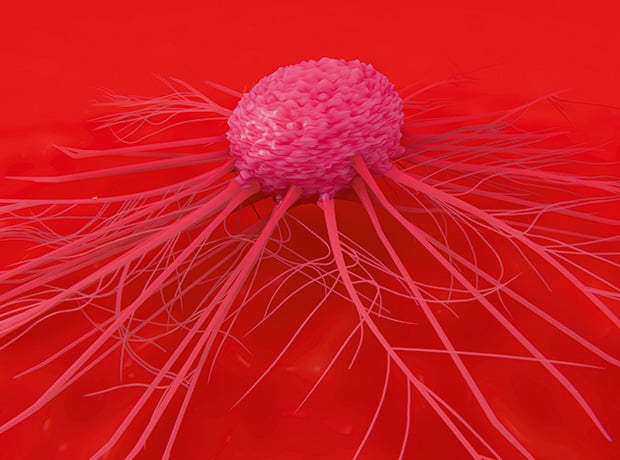Aggressive prostate cancer accounts for up to 15% of all prostate cancer diagnoses
Scientists from the Institute of Cancer Research (ICR) have revealed new inherited genetic mutations in a long-term study that are associated with aggressive prostate cancer.
Published in the European Urology Oncology, findings from the UK Genetic Prostate Cancer Study (UKGPCS ) could help clinicians identify certain prostate cancer patients who have an increased risk of experiencing rapid progression of the disease.
Currently the most common cancer in males in the UK, prostate cancer is responsible for around 55,100 new cases every year.
Aggressive prostate cancer accounts for up to 15% of all prostate cancer diagnoses.
Utilising data from the ongoing UKGPCS as well as six substudies that sequenced the same ten candidates in participant samples, researchers carried out the analysis, which included 6,805 prostate cancer cases, of which 3,548 were aggressive.
The team investigated germline mutations that occur in an egg or sperm from a patient and affect every cell in the individual’s body.
Focusing on a genetic change called a putative loss of function mutation, which prevents the production or activation of the protein that the affected gene encodes, researchers looked for associations between aggressive disease – prostate cancer which has spread, reached a certain stage or grade, or been fatal.
Researchers found putative loss of function mutations in four genes: ATM, MLH1, MSH2 and NBN, which were associated with aggressive prostate cancer, and also confirmed the link between mutations in BRCA2 and prostate cancer aggression, which had previously been identified.
Ros Eeles, professor of oncogenentics, ICR, who leads the UKGPCS, commented: “Our work has confirmed that people who inherit a loss of function mutation in ATM, BRCA2, MLH1, MSH2 and NBN have the highest risk of aggressive forms of prostate cancer.
“We now need to… see whether we can find a way to determine which patients will need urgent treatment and which are candidates for active surveillance.”















+ There are no comments
Add yours